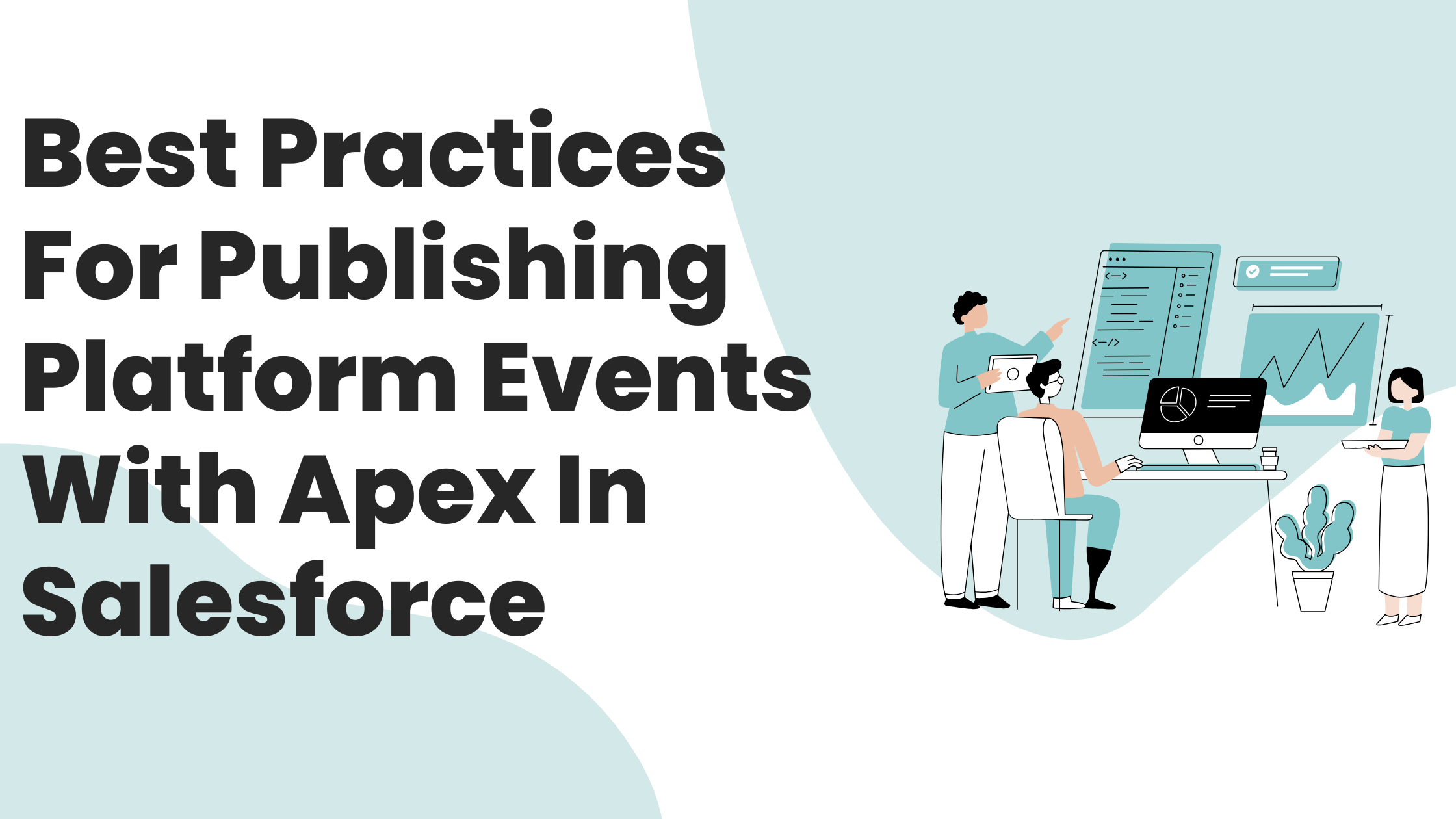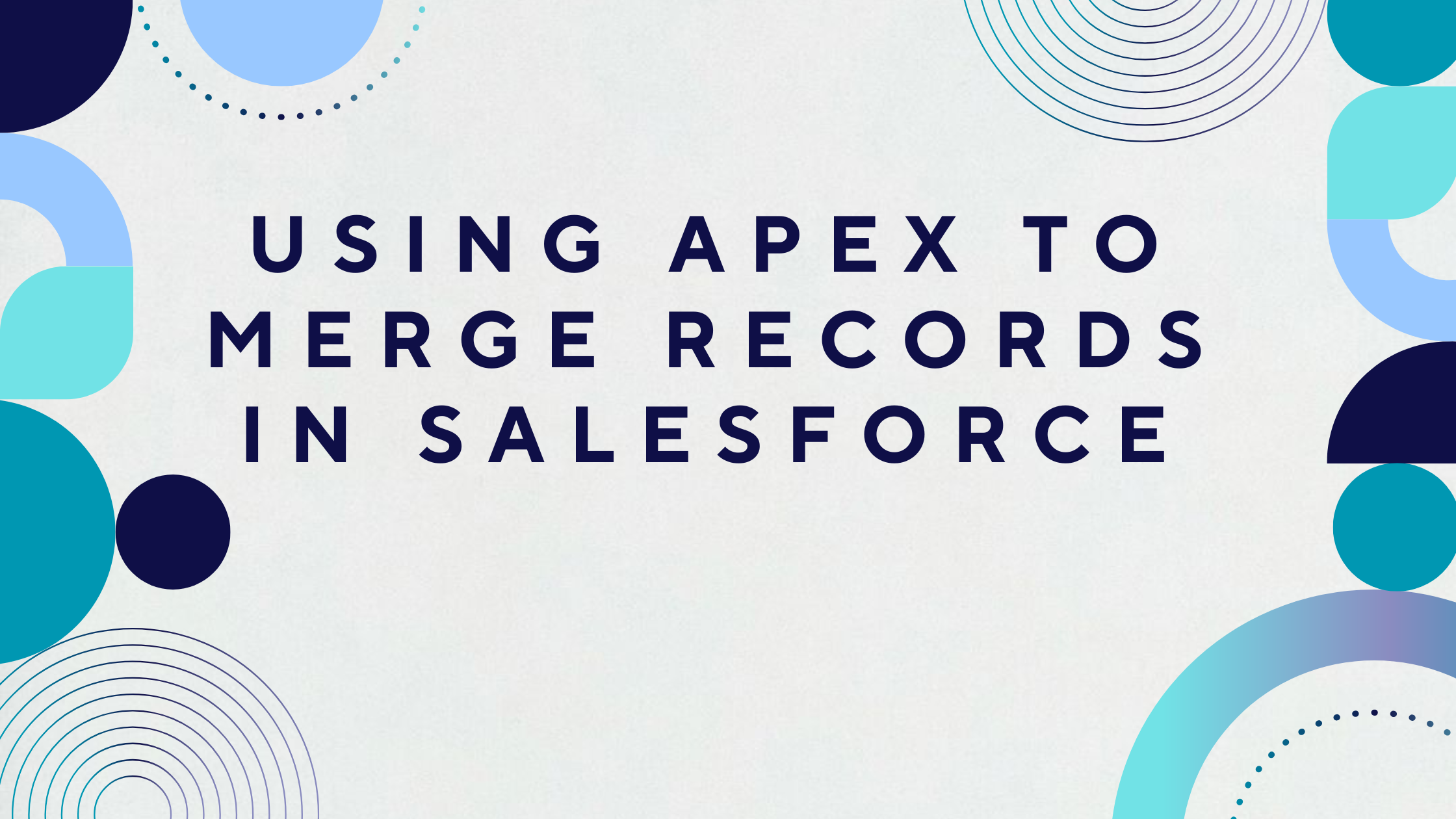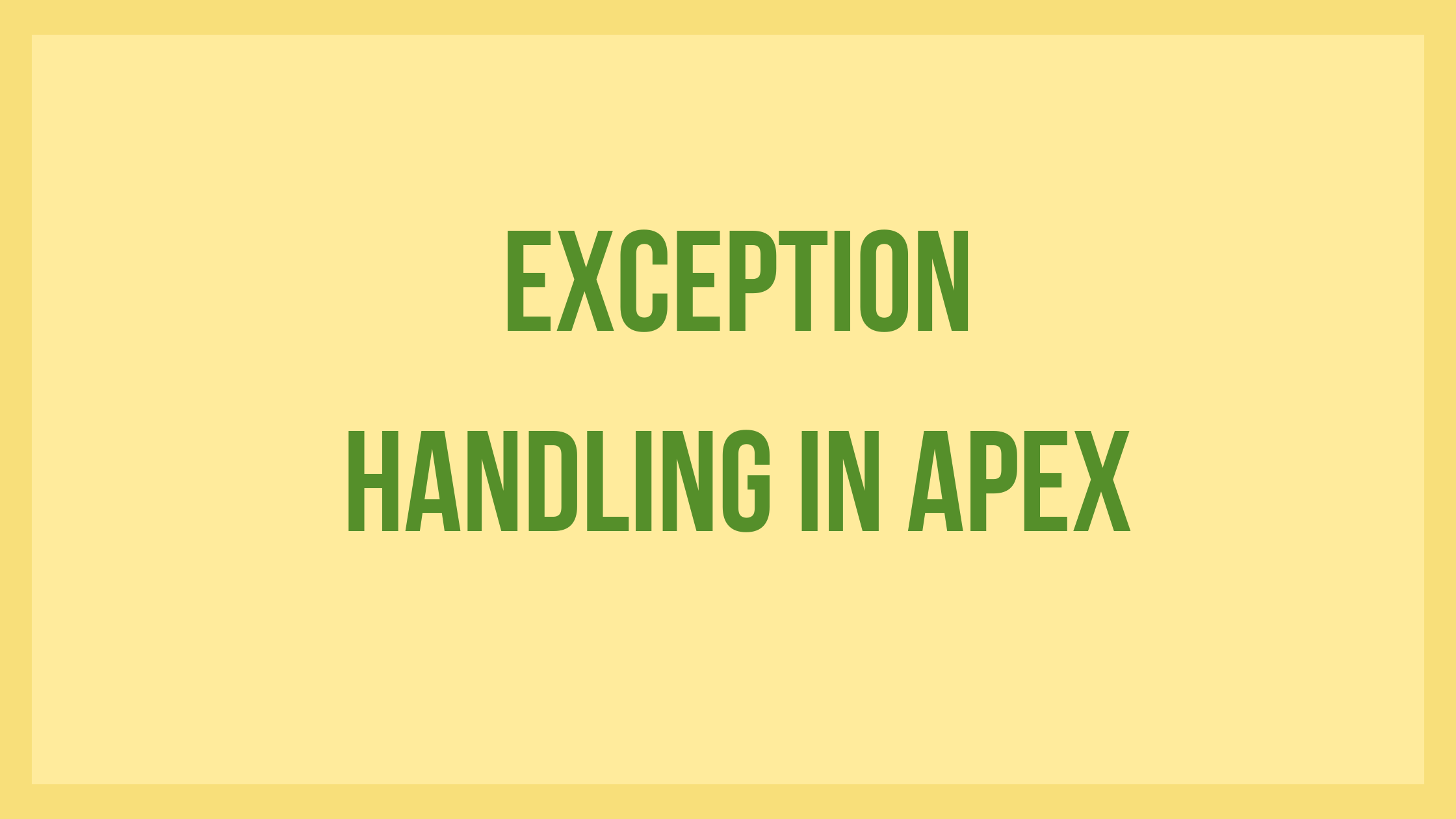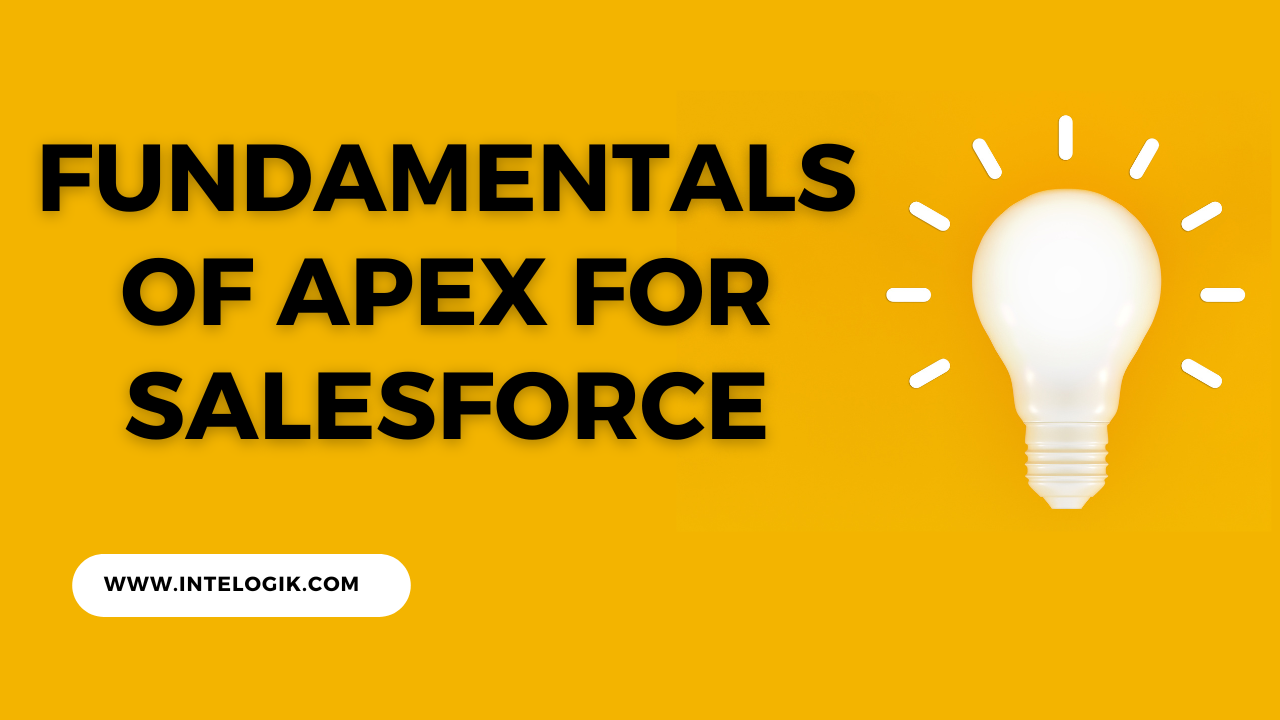Publishing Platform Events with Apex in Salesforce enables robust, event-driven architectures that decouple processes and enhance scalability. To implement this effectively, it’s crucial to follow several best practices.
Begin by using events for asynchronous, loosely coupled communication. Events should be published **after** completing core business logic and DML operations to ensure transactional integrity. Publishing is only successful if the transaction commits, so placing the `EventBus.publish()` call after DML operations avoids unnecessary failures.
Always **bulkify event publishing** to comply with governor limits. Instead of calling `EventBus.publish()` inside a loop, collect event instances into a list and publish them in one call. This prevents hitting limits and ensures performance.
While `EventBus.publish()` can be used without capturing results, checking the returned `SaveResult` helps detect and handle publishing failures—especially important for critical business processes.
Be mindful of **recursion in triggers**. Use static flags or helper classes to prevent infinite loops when events indirectly trigger the same logic.
Limit the size of each event (1 MB max) and monitor the daily publishing volume according to your org’s limits. Secure Platform Events via profiles and permission sets to control who can publish or subscribe.
Externalize configuration like event toggles or field mappings using Custom Metadata or Custom Settings. For real-time external systems, leverage CometD and the Streaming API to subscribe to events.
Finally, use Salesforce monitoring tools to track event delivery, set up error handling, and maintain observability for production systems. These practices ensure reliable, scalable event-based integrations with Apex.





